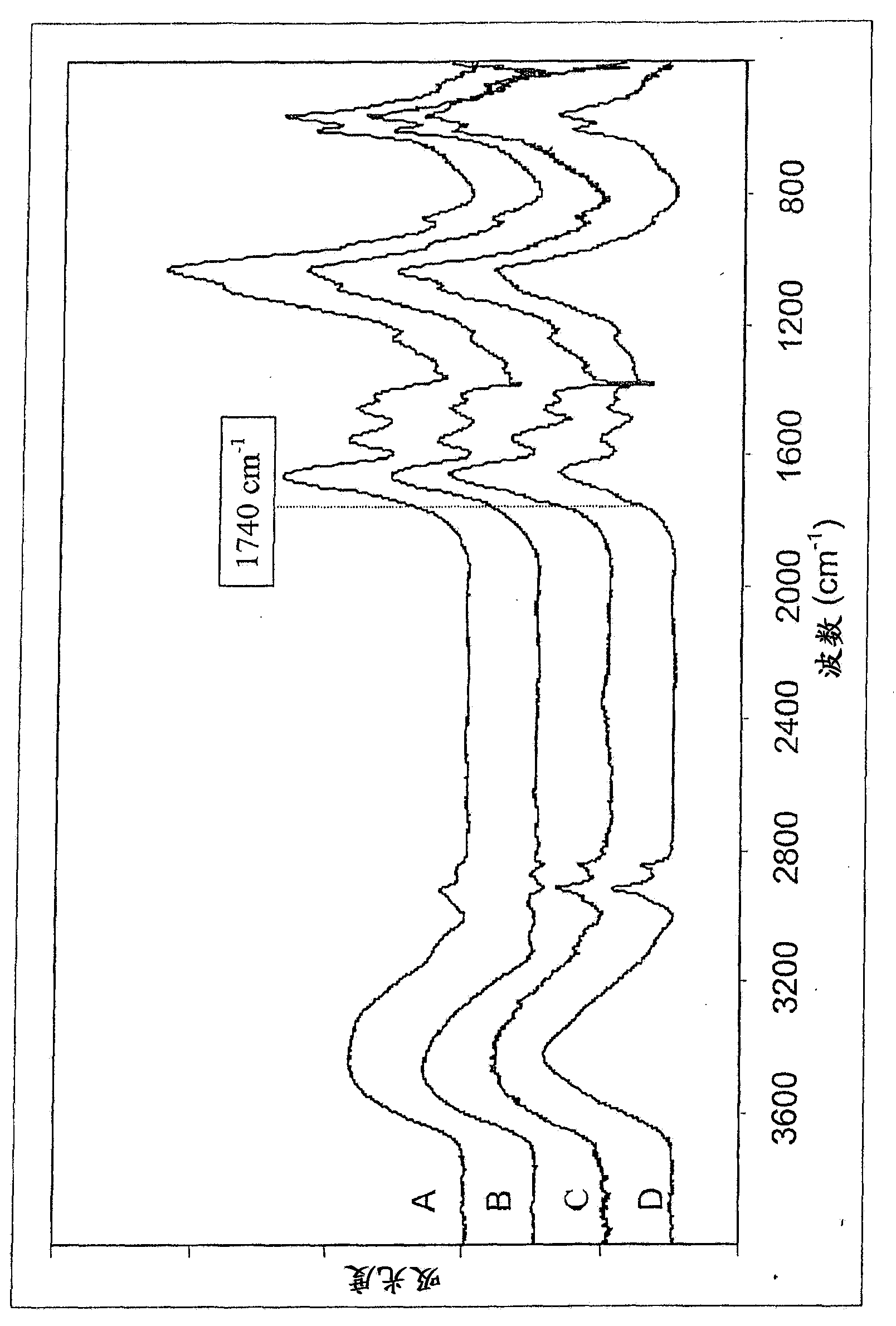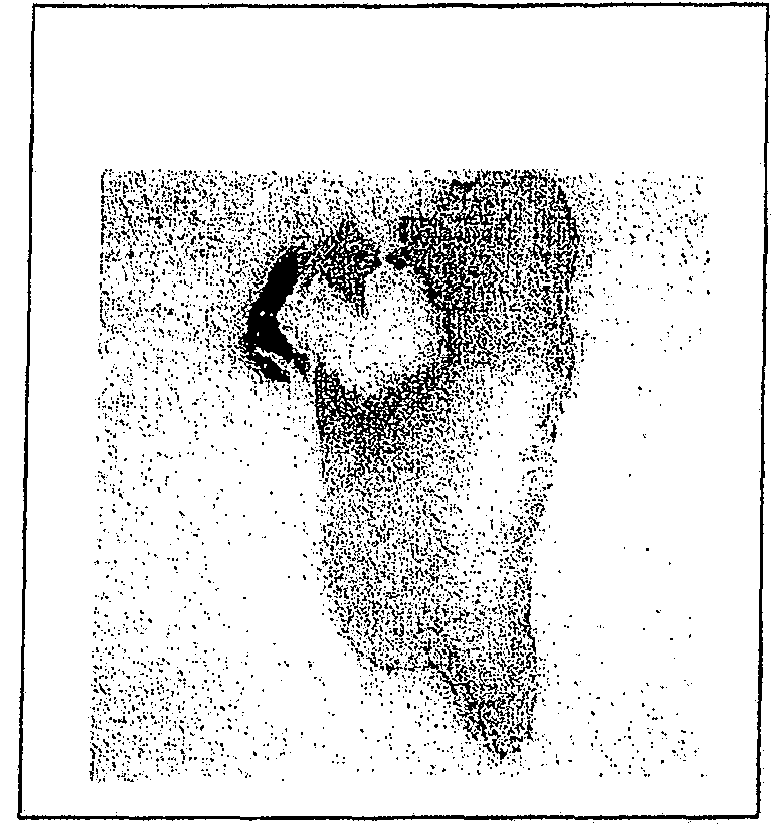Detection and removal of carious dentin tissue.
一种本质、龋牙的技术,应用在龋齿领域,能够解决没有提及龋齿检测等问题
- Summary
- Abstract
- Description
- Claims
- Application Information
AI Technical Summary
Problems solved by technology
Method used
Image
Examples
Embodiment 1
[0152] Two human permanent teeth that were extracted due to their severely carious tissue status and had no previous dental restoration were selected and analyzed by FTIR within 1 week after extraction. The outermost part of the carious lesion is removed. The remaining dental carious tissue was divided into 2 layers: 1 outer layer with discolored, soft and infected dental carious tissue, and 1 inner layer, observed as unstained, dug down by tactile manipulation to the estimated hardness of remaining healthy dentin. For each tooth, 1 sample was taken from healthy dentin and another sample was taken from the inner layer of carious tissue. After incubation in purified water, they were left to dry at ambient temperature. The dry weight of each dental sample was approximately 1 mg. Each sample was then mixed with potassium bromide (KBr) followed by FTIR inspection with a total pellet weight of 100 mg. Use a Mattson Cygnus100FTIR spectrophotometer at 4cm -1 resolution for IR an...
Embodiment 2
[0156] The purpose of this experiment was to observe the addition of the dyes SEEK, Acid Red 1, Fluorescent Yellow, a combination of Fluorescent Yellow and Acid Red 1, or 5-(2-2- Hydrazino-2-oxoethylthio)acetamido)-2-(3-hydroxy-6-oxo-6H-xanthene-9-yl)benzoic acid, Alexa Whether 594 and Alexa350 bind carious surfaces. The experiment was carried out over a period of 4 days.
[0157] Intact caries-infected teeth were incorporated into the original acrylic gel, which was used as a support after hardening, and then sawed (trademark of the saw was Zaw Micro Tone, Germany). Sections with a thickness of 150 μm were left overnight (day 1) in each dye to be tested. On day 2, the dye was washed off by rinsing the sections with MQ water, and pictures of the tooth sections were taken under a microscope (6.7×; visible light), in UV (no microscope), or under a fluorescence microscope (100×). Thereafter, saline solution (NaCl, 1M) was added to the sections and incubated overnight. On day...
Embodiment 3
[0164] Human permanent teeth that were extracted due to their severely carious tissue status and had not previously undergone dental restoration were selected and analyzed by FTIR within 1 week after extraction. The outermost part of the carious lesion is removed. The remaining dental carious tissue was divided into 2 layers: 1 outer layer with discolored, soft and infected dental carious tissue, and 1 inner layer observed as unstained and controlled by tactile manipulation Dig into the hard surface of remaining healthy dentin.
[0165] Healthy dentine tissue and carious dentine tissue from the innermost layer were collected. The healthy dentine tissue sample and the carious dentine tissue sample were then each divided into 3 samples.
[0166] Healthy dentin tissue samples (26 mg) were separated and processed as follows. Sample 1 (hereinafter referred to as S1) (11 mg) was repeatedly washed in purified water and placed under vacuum, defined as an untreated sample, ie a refe...
PUM
 Login to View More
Login to View More Abstract
Description
Claims
Application Information
 Login to View More
Login to View More - R&D
- Intellectual Property
- Life Sciences
- Materials
- Tech Scout
- Unparalleled Data Quality
- Higher Quality Content
- 60% Fewer Hallucinations
Browse by: Latest US Patents, China's latest patents, Technical Efficacy Thesaurus, Application Domain, Technology Topic, Popular Technical Reports.
© 2025 PatSnap. All rights reserved.Legal|Privacy policy|Modern Slavery Act Transparency Statement|Sitemap|About US| Contact US: help@patsnap.com



